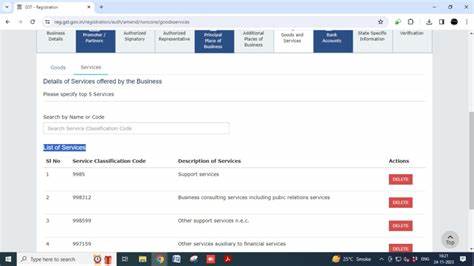近年来,随着智能手机的普及,手机内容数据成为执法机关侦查案件和情报收集的重要来源。中国警方在这方面引入了新型安卓手机取证工具Massistant,它由中国知名数字取证企业厦门梅亚柏科研发。该工具能够在警方获得手机的物理访问权限后,快速破解设备数据,提取包括短信、聊天记录、通话录音、位置轨迹、联系人列表等大量隐私信息。Massistant的使用彰显了数字取证技术的发展趋势,也引发了诸多隐私和安全层面的担忧。 Massistant的技术核心是一款针对安卓系统设计的恶意软件,安装后能够绕过通信加密,读取并转存手机内部存储的各种数据。相比于传统的取证方式,该工具无需利用零日漏洞或复杂的黑客攻击手法,因为多数情况下用户在边境检查或警方调查时会主动解锁并交出设备,从而让警方直接通过这款工具提取所需信息。
厦门梅亚柏科公司官网展示的硬件取证套件更能配合软件作业,通过连接智能手机与专用读写设备,极大提高取证速度和数据完整性。虽然目前Massistant官方仅确认有安卓版本,相关图示显示其可能存在iOS版本,能够支持苹果设备的数据解析。 中国自2024年起赋予公安机关更宽泛的权力,在无须获取令状的场合下即可对手机和电脑实施搜查,这种政策环境使得Massistant的应用范围进一步扩大。许多在华旅行者和居民在线论坛上反映,在与警方接触后发现手机被安装了类似恶意软件,这一现象说明Massistant或相似取证工具的普及程度较广。专业安全研究人员指出,被植入该工具的手机会留下明显的使用痕迹,通常表现为设备安装了新程序,或者需借助安卓调试桥等技术手段方能检测和清除。但是关键问题在于,一旦数据被提取,后果难以逆转,个人隐私信息可能遭到全面曝光。
除了Massistant,中国监控生态系统中还存在大量不同种类的间谍软件和取证工具。这些软件涵盖多个恶意代码家族,覆盖面广泛,旨在满足国家安全机关针对不同场景的多样化需求。厦门梅亚柏科在中国数字取证市场上占有约40%的份额,是该领域的龙头企业。美国政府因其向中国政府供货而于2021年对其实施了制裁。 面对Massistant等复杂的取证技术,普通用户如何有效保护自身数据安全成为关注焦点。首先,谨慎管理手机物理访问权,避免在非必要情况下将设备交予他人,尤其是在跨境旅行时需提高警惕。
其次,关注手机系统和应用的安全更新,利用强密码和生物识别等功能增强设备保护。第三,安装知名安全软件,定期扫描可疑程序,识别是否存在恶意软件植入。对于技术能力较强的用户,可以借助Android Debug Bridge进行深度诊断,确认是否有取证软件残留。最后,应保持隐私意识,充分了解所在国家和地区在数据查验和手机检查上的相关法律法规,以此为依据合理安排个人数据储存和传输策略。 Mobile forensic tools like Massistant highlight the delicate balance between national security interests and individual privacy rights in the age of digital communication. While they provide law enforcement with powerful means to gather critical evidence quickly, they simultaneously introduce significant risks to data confidentiality and civil liberties. Travelers entering China and Chinese residents alike are advised to carefully consider the data they carry on mobile devices, as authorities currently operate under relatively unrestricted search powers without requiring warrants. This environment underscores the importance of technological literacy and informed data handling practices in an increasingly monitored world. In summary, Massistant exemplifies China's advancing capabilities in digital forensic technology, capable of extracting vast amounts of personal data from seized smartphones with relative ease. Its widespread deployment, coupled with evolving legal frameworks that waive warrant necessities, raises urgent questions about privacy protection and oversight mechanisms. Users must remain vigilant, adopt comprehensive security measures, and stay informed about technological threats and lawful boundaries to minimize exposure risks. As digital forensics continue to evolve, so too must the approaches to safeguarding personal privacy in an age of pervasive surveillance.。










